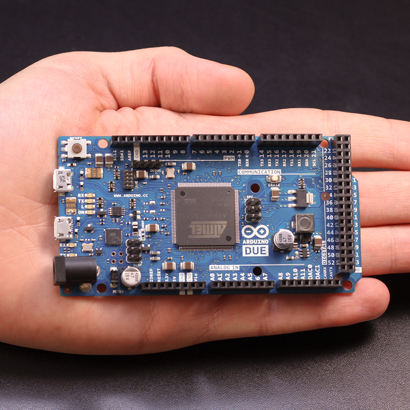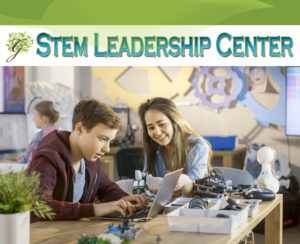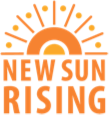A subculture of Do-it-Yourself (DIY) kids and grownup kids is emerging across the nation and the globe that is exciting! Makers pursue engineer-oriented projects such as electronic prototyping, robotics, 3-D printing, often combined with traditional arts and crafts, metalworking, and woodworking. Innovation is celebrated!
I suggest you watch a few of Sylvia’s Mini-Maker Show on Youtube. This nine year old embodies the maker attitude, spending as much concentrated effort to teach a simple sewing stitch as she is to place electronic leads into squishy circuits. Each episode is between five to eight minutes.
The Arduino is a device that you will hear more and more about. It looks intimidating the first time you hold one.

You can stop into a hobby store, or radio shack or order your first Arduino online. I ordered my Arduino UNO from Amazon for $22. It is an open-source electronics prototyping platform – that means that you can find free, on the web, the programming code and building designs to create electronic prototypes like a fire breathing pony, a twitter mood light, a 3-D printer (yep-really!! and for less than $400), even a remote controlled lawn mower.
A good introduction to the potential of the Arduino is the 2012 TED Talk by one of its inventors, Massimo Banzi.
I was a bit overwhelmed when I first played with the Arduino. I didn’t know how to solder the wires (my 15 year old had to teach me – and he learned at an electronics BSA merit badge workshop). The programming code also frightened me and my original plans to introduce the Arduino to some of the Baden Academy elementary students was put on pause. I am thrilled to learn that the LilyPad Arduino can be programmed using the drag and drop Scratch programming language I teach to third graders.
Training and resources for the Maker movement don’t take too long to discover. Begin with Make magazine and their YouTube channel. Look through the recorded Google Hangouts from the summer online Maker Camp, a free virtual camp for teens that was offered July and August through Google. Look for a local MakerFaire. Pittsburgh is holding their MakerFaire this Sunday, August 18, from 10 am to 4 pm at the Buhl Community Park at Allegheny Square. Other local Pittsburgh resources include the Children’s Museum MakeShop and HackPittsburgh.
The Maker Movement also includes spaces, sometimes called hackerspaces, where entrepreneurs and people who like to play can rent some of the really cool equipment now making quick prototyping a reality. Locally, I can stop down at Pittsburgh TechShop in Baker’s Square to sign up for a class or to use, for a small fee, their laser cutter, injection molding machine, 3-D printers, CNC Embroider.
The Maker Movement is growing. Craft nights are replacing book clubs. Libraries and museums are being turned into “Makerspaces,” physical locations where people can come together to make. For a fun, fictional glimpse at the Maker community, I strongly recommend the Cory Doctorow book Makers (available on audio book at your local library). The book includes several R rated scenes, so I would definitely NOT recommend it for young readers.
Have your kids not only visit http://letsmakerobots.com/, but also let them prepare a shopping list for the hobby shop and fabric store and empower them to get making.
To quote Sophia, “Get out there and make something!”
I would add, as a Grow a Generation reader, to further challenge your young makers to make something meaningful.





1 comments
Hi Ellen,
You might want to use the Makey Makey kits with the elementary kids. No soldering, just alligator clips.
http://www.makeymakey.com/
Mike